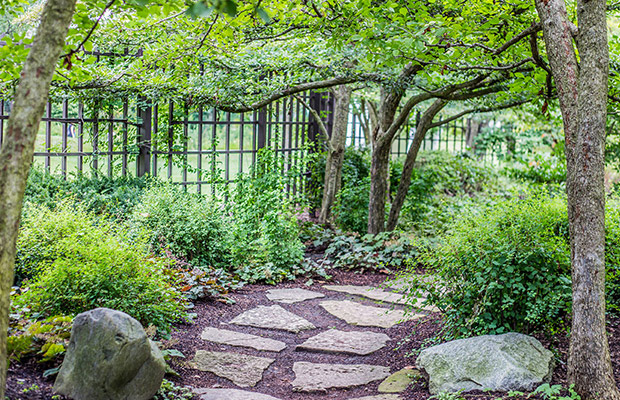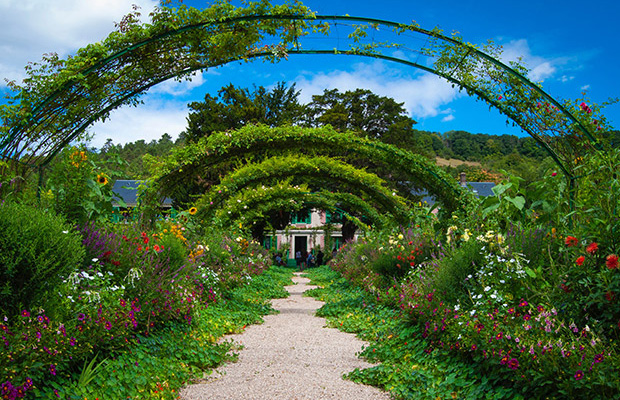Mot Type 1: A Footpath Essential

Mot Type 1: A Footpath Essential
Is your garden muddy and slippery? Is it a struggle to walk from your patio to your shed without having to lose a boot to the mud on the way? Is it impossible to get a wheelbarrow along your garden without making a mess and breaking a sweat? Do yourself a favour and create footpaths around your garden.
Garden paths are essential for any outdoor space. Paths not only allow you to easily walk from place A to place B in your garden but can also enhance the look of your outdoor space. So, if you don’t have garden paths or footpaths, it’s time to think about adding some.

What do you need for a garden path?
You can build a garden path using a variety of materials, including aggregates, sub base and edging. Mainland Aggregates, family-run aggregates supplier, recommend mot type 1 sub base for footpaths, patios, highways, driveways and more. Mainland aggregates stock mot type 1 as well as a wide range of aggregates, such as gravel, mulch and chippings, that can be used to create stunning paths.
What is Mot Type 1?
Mot Type 1, also known as type 1 mot and DOT type 1, is a type of sub-base material widely used in the construction industry. Sub base material is used underneath the main chosen aggregates in order to increase load bearing capability and overall stability. Mot Type 1 can be made from limestone, granite or clean crushed concrete.
As Buckets of Tea comments in a recent blog post, this sub-base is essential for ensuring a longer lifespan of pathways, patios and driveways. A sub-base layer will provide “support and evenly spreads the load of traffic. A good sub-base will reduce settlement, distortion and damage.”

What aggregates to use for a footpath?
Choosing the right aggregates for your path is as important as adding a sub-base layer. “The use of the correct aggregates also makes a huge difference. Get it wrong and these vital elements deteriorate quickly and make spaces feel old and run down.” Says Wood Create.
- Gravel pathway. Gravel paths are budget-friendly, low-maintenance paths that offer good drainage and can withstand fairly heavy traffic. Gravel comes in a variety of colours and will suit any garden space. Gravel pathways are easy to install and can be made up into any shape you would like.
- Mulch pathway. Wanda at Garden Oasis has a mulch path going to her shed. She shared that “Mulch garden paths are really easy and relatively inexpensive way to create a pathway. Put down some landscape fabric, spread the mulch over and you’re done.” However, you will have to replace the mulch every year or two.
- Stone pathway. Stepping stones can be laid around the garden to create a stunning garden path that gives nature space to grow. This article on Real Homes suggests laying loose pebbles and gravel for small areas. “Pebbles and gravel can be laid loose, so are ideal for small areas where paving would be difficult or impractical. To avoid gravel sinking into the ground, lay weed matting landscape fabric, cover with sand and water, compact down and cover with gravel.
Guest Article.





